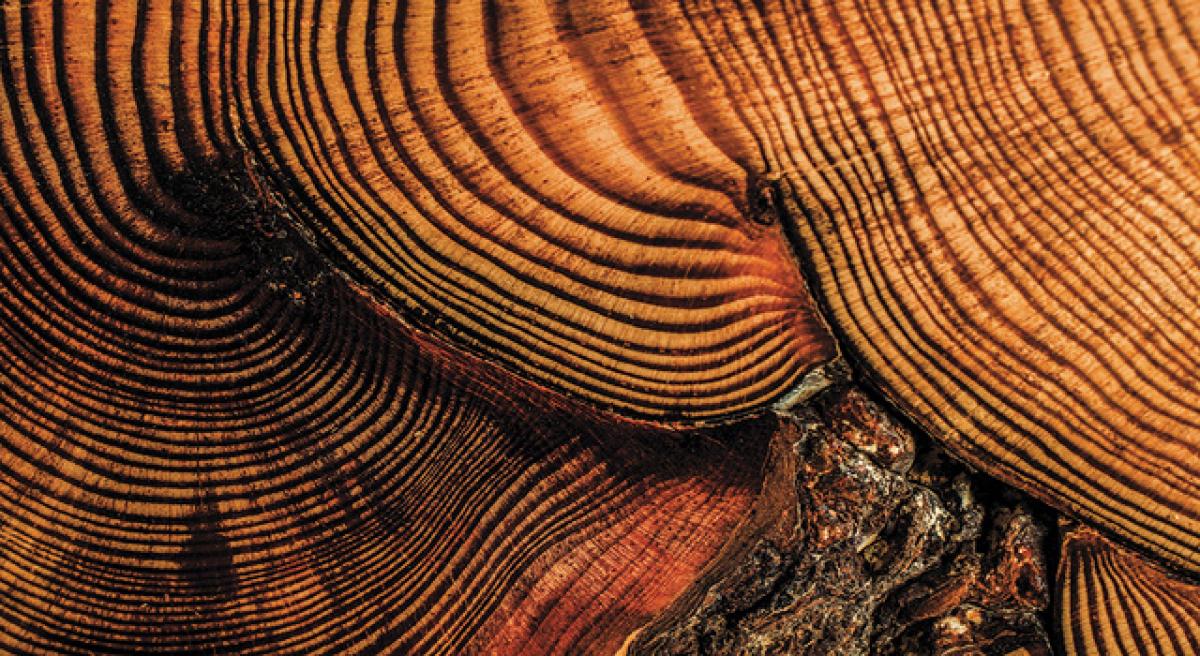Just In

Trees which grew during intense radiation bursts in the past have \'time-markers\' in their tree-rings that could help archaeologists accurately date events from thousands of years ago, suggests new research.
London: Trees which grew during intense radiation bursts in the past have 'time-markers' in their tree-rings that could help archaeologists accurately date events from thousands of years ago, suggests new research.
Until now scholars have had only vague evidence for dating when events happened during the earliest periods of civilisation, with estimates being within hundreds of years.
“In the past, we have had floating estimates of when things may have happened, but these secret clocks could reset chronologies concerning important world civilisations with the potential to date events that happened many thousands of years ago to the exact year,” said lead author Michael Dee from the School of Archaeology at University of Oxford.
However, the unusually high levels of the radioactive isotope carbon-14 found in tree-rings laid down during the radiation bursts could help reliably pinpoint dates.
The distinct spikes act as time-markers like secret clocks contained in timber, papyri, baskets made from living plants or other organic materials, said the paper published in the Royal Society Journal Proceedings A.
Scholars believe that intense solar storms caused major bursts of radiation to strike the Earth in 775 and 994AD, which resulted in distinct spikes in the concentration of radiocarbon in trees growing at that time.
The events are precisely datable because the tree-rings belong to archives in which the growth year of each tree-ring is exactly known. In the new research, the authors outlined how they could detect similar spikes elsewhere within the thousands of years of available tree-ring material from across the world.
Even a handful of these time-markers could allow them to piece together a reliable dating framework for important civilisations, the researchers said.
The crucial point is that the time-markers will also be present in every living plant or tree that grew at the time of a radiation surge, including in the timber used in ancient buildings or other artefacts fashioned from the plants.
The paper suggests that the existing tree-ring data are likely to reveal other radiocarbon surges in particular years.If the radiocarbon spikes in the tree-ring data were also found in archaeological items attributable to specific historical periods, the information could be used to anchor exactly when events occurred, the paper said.

© 2024 Hyderabad Media House Limited/The Hans India. All rights reserved. Powered by hocalwire.com







